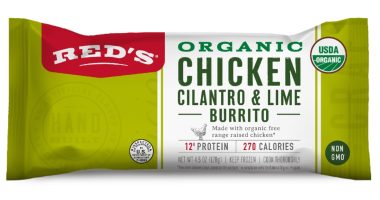While treating teen acne, the focus of dermatologists is more on cleansing and oil control, for Adult Acne, many internal and external factors have to be kept in mind
For long acne has been a problem for teenagers. If it creeps into adulthood, it can become frustrating for adults. Acne that might erupt after 25 years of age can be called adult acne. Some adults might continue to have these popping growths in their 30s, 40s, and even 50s. As per some dermatologists, some women who never had acne in their teens can develop them as adults especially when they might be going through a hormonal roller coaster such as menopause. While acne remains the same for both teens and adults, its causes and effects might change across the different age groups.
Certain hormones called androgens can make the oil glands overactive, and enlarged and the excessive oil might lead to blocked pores on the skin. Sometimes these blocked pores might get infected and this might result in inflammation on the skin and a pimple might pop up. Sometimes it can go deep inside the layers of the skin and can become acne.
Why do adults have acne?
While the physiological factors that cause acne such as clogged pores and inflammation remain the same for both teens and adults, the indirect causes of it might differ between the age groups. Acne is more common in adult women than in adult men. When a child hits puberty, there is a sudden influx of hormones but later these chemicals stabilize over time. However, some women might see a sudden flare-up with changes in their menstrual cycle. As per some reports, adult women acne has a hormonal type of acne that looks very different on the skin from classic teenage acne. Also, there have reports of women not responding to conventional treatments offered to adolescents.
Subtypes of adult acne
According to the time of onset, adult acne can be of two types, persistent and late-onset. Persistent acne can be a relapse of acne from adolescence into adulthood. The second kind involves people who are above 25 years of age and never had acne in their teen life. As per reports, 80 per cent of women showed persistent acne and late-onset acne is not as common as its former type.
Teen acne versus adult acne
While treating teen acne, the focus of dermatologists is more on cleansing and oil control, for adults many internal and external factors have to be kept in mind. Also, one must also remember that adult skin will take more time to heal than that of a child. Adulthood comes with chronic stress, and more exposure to chemicals such as cosmetics, medicines and chronic health conditions that too could facilitate their growth. Women specifically can see an outbreak around their periods or after starting or stopping birth control pills.








